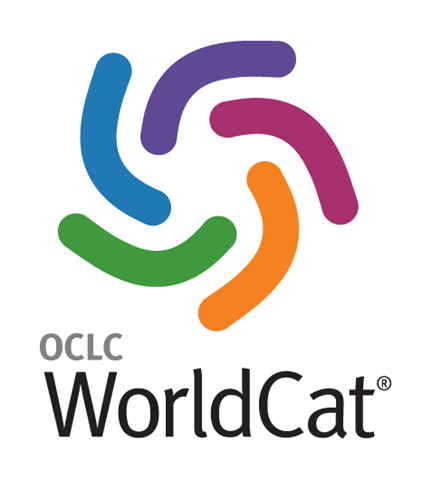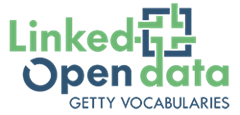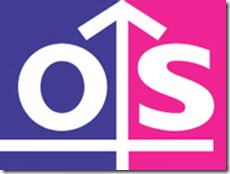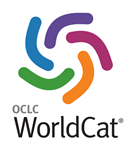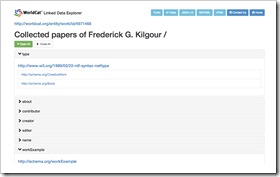
WorldCat Works Linked Data – Some Answers To Early Questions
Since announcing the preview release of 194 Million Open Linked Data Bibliographic Work descriptions from OCLC’s WorldCat, last week at the excellent OCLC EMEA Regional Council event in Cape Town; my in-box and Twitter stream have been a little busy with questions about what the team at OCLC are doing. Instead of keeping the answers within individual email threads, I thought they may be of interest to a wider audience: Q I don’t see anything that describes the criteria for “workness.” “Workness” definition is more the result of several interdependent algorithmic decision processes than a simple set of criteria. To …

